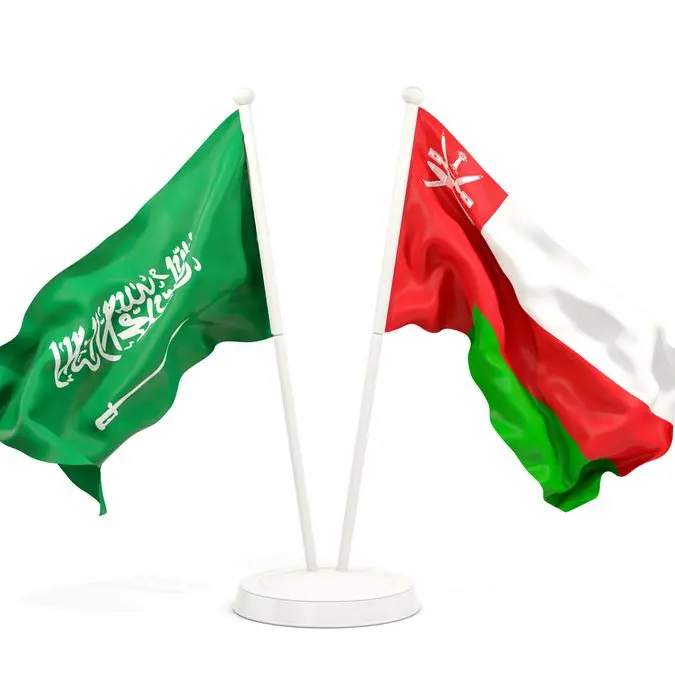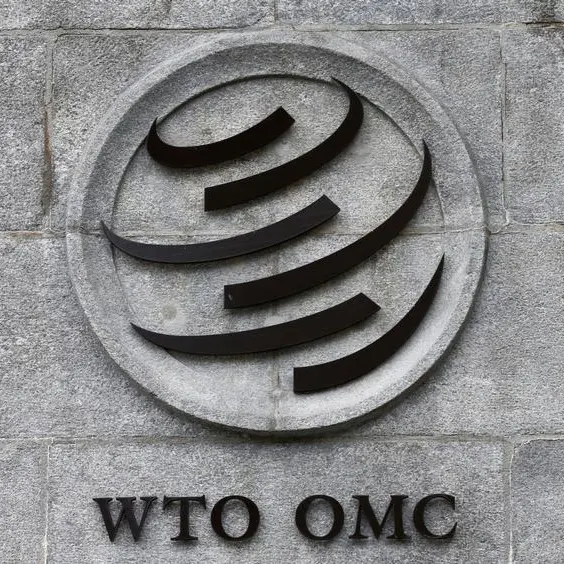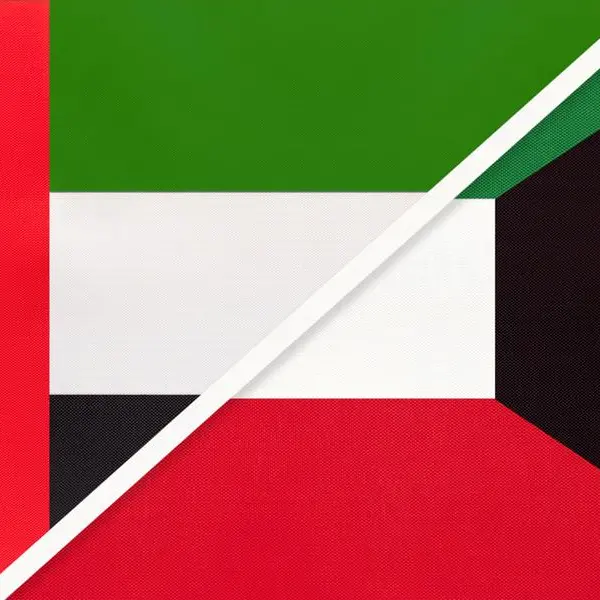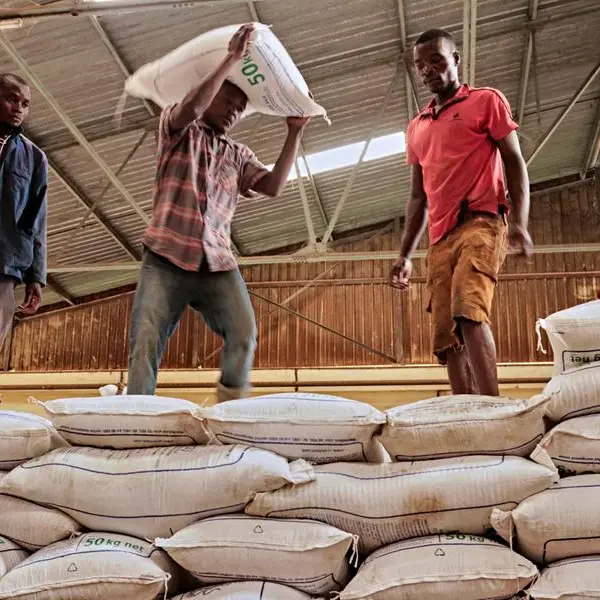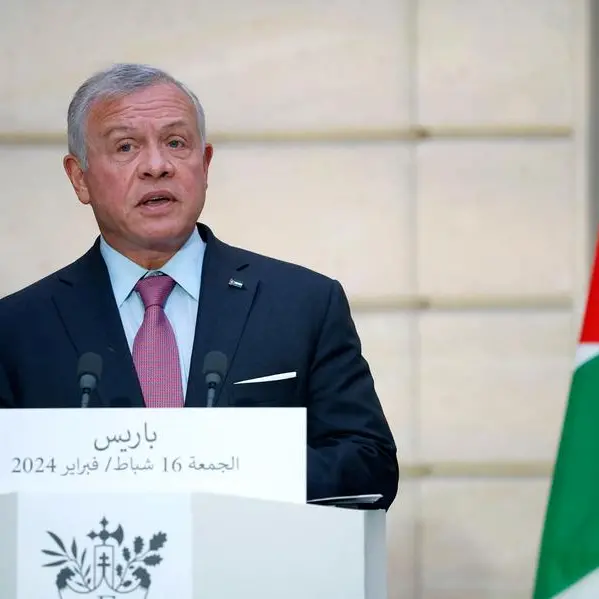27 August 2015
DOHA: The Euro, which has been losing ground to the US dollar, has depreciated by 17 percent against the dollar-pegged Qatari riyal (QR) in the past two years.
Qatar Central Bank (QCB) figures show that the Eurozone currency shed at least 17 percent against Qatari riyal between April 2013 and April 2015.
One euro was available for QR4.74 in April of 2013 with the rate coming down to QR3.92 in April of this year, QCB data for the month (April 2015) show.
There were two brief spells when euro actually breached the QR5 level and reached QR5.03 and QR5.02 and that was in March and April 2014.
That was euro's peak against the riyal. Since then, it began falling. However, it remained at over QR4 until February this year.
The rate in February was QR4.13 against the riyal. Euro began sliding from March when the rate fell below the psychological barrier of QR4, to QR3.94.
It slid further, to QR3.92 the following month, the QCB's bulletin for April 2015 shows.
Euro is mainly in demand by people visiting Europe, especially during the summer months when large numbers of Qataris head there to spend their vacation.
Europe is also a large exporter to Qatar, particularly of food stocks, and machinery.
However, despite euro having taken a beating against the riyal, European goods imported here haven't become cheaper at all.
Businessmen say soaring rents of commercial property is to mainly blame for the malaise.
Most other major currencies of the world like yen, Swiss franc and the Sterling pound have also lost value against the dollar-pegged riyal.
Qatari riyal is pegged to the dollar at 3.6415 so the rate remains unchanged.
A 100 yens were, for example, available for QR3.72 in April 2013, with the rate having come down to QR3.04 in April
this year. And QR3.72 for 100 yens was the peak rate of the Japanese currency against riyal. It began falling ever since.
The UK currency hasn't tumbled so much against the riyal and has rather been stable, losing only marginal ground.
Some 5.56 riyals were fetching one pound sterling in April 2013, with the exchange rate having climbed down slightly to QR5.43 in April this year.
The British currency remained at over QR6 level for six months, from March to August 2014, show the QCB data.
Likewise, the Swiss franc has also depreciated against the riyal, albeit slightly. From QR3.88 for a franc, the rate was down to QR3.78 in April 2015.
The Swiss currency saw its peak against the riyal for nine months when it breached the QR4 level. In October 2013, the rate was QR4.03, which fell back to QR3.98 the following month.
However, from December 2013 until July of 2014 the Swiss franc remained strong, the level being over QR4. It began falling from August 2014.
The currencies of four GCC neighbours of Qatar -- Saudi Arabia, the UAE, Oman and Bahrain remained unchanged against Qatari riyal in the above period (April 2013 to April 2015).
The only GCC currency that shows variation against the Qatari riyal is the Kuwaiti dinar.
One Omani riyal fetches 9.46 Qatari riyals, while one Saudi riyal equals 0.97 Qatari riyal. The UAE dirham fetches 0.99 Qatari riyal.
Bahraini dinar fetches 9.68 Qatari riyals. As said earlier, the rates remained unchanged in the above period.
But Kuwaiti dinar seems to have lost some ground against QR in the two years under review. One dinar was fetching 12.87 riyals in April 2013 while two years later, one Kuwaiti dinar was fetching only 12.07 Qatari riyals, according to the QCB data.
DOHA: The Euro, which has been losing ground to the US dollar, has depreciated by 17 percent against the dollar-pegged Qatari riyal (QR) in the past two years.
Qatar Central Bank (QCB) figures show that the Eurozone currency shed at least 17 percent against Qatari riyal between April 2013 and April 2015.
One euro was available for QR4.74 in April of 2013 with the rate coming down to QR3.92 in April of this year, QCB data for the month (April 2015) show.
There were two brief spells when euro actually breached the QR5 level and reached QR5.03 and QR5.02 and that was in March and April 2014.
That was euro's peak against the riyal. Since then, it began falling. However, it remained at over QR4 until February this year.
The rate in February was QR4.13 against the riyal. Euro began sliding from March when the rate fell below the psychological barrier of QR4, to QR3.94.
It slid further, to QR3.92 the following month, the QCB's bulletin for April 2015 shows.
Euro is mainly in demand by people visiting Europe, especially during the summer months when large numbers of Qataris head there to spend their vacation.
Europe is also a large exporter to Qatar, particularly of food stocks, and machinery.
However, despite euro having taken a beating against the riyal, European goods imported here haven't become cheaper at all.
Businessmen say soaring rents of commercial property is to mainly blame for the malaise.
Most other major currencies of the world like yen, Swiss franc and the Sterling pound have also lost value against the dollar-pegged riyal.
Qatari riyal is pegged to the dollar at 3.6415 so the rate remains unchanged.
A 100 yens were, for example, available for QR3.72 in April 2013, with the rate having come down to QR3.04 in April
this year. And QR3.72 for 100 yens was the peak rate of the Japanese currency against riyal. It began falling ever since.
The UK currency hasn't tumbled so much against the riyal and has rather been stable, losing only marginal ground.
Some 5.56 riyals were fetching one pound sterling in April 2013, with the exchange rate having climbed down slightly to QR5.43 in April this year.
The British currency remained at over QR6 level for six months, from March to August 2014, show the QCB data.
Likewise, the Swiss franc has also depreciated against the riyal, albeit slightly. From QR3.88 for a franc, the rate was down to QR3.78 in April 2015.
The Swiss currency saw its peak against the riyal for nine months when it breached the QR4 level. In October 2013, the rate was QR4.03, which fell back to QR3.98 the following month.
However, from December 2013 until July of 2014 the Swiss franc remained strong, the level being over QR4. It began falling from August 2014.
The currencies of four GCC neighbours of Qatar -- Saudi Arabia, the UAE, Oman and Bahrain remained unchanged against Qatari riyal in the above period (April 2013 to April 2015).
The only GCC currency that shows variation against the Qatari riyal is the Kuwaiti dinar.
One Omani riyal fetches 9.46 Qatari riyals, while one Saudi riyal equals 0.97 Qatari riyal. The UAE dirham fetches 0.99 Qatari riyal.
Bahraini dinar fetches 9.68 Qatari riyals. As said earlier, the rates remained unchanged in the above period.
But Kuwaiti dinar seems to have lost some ground against QR in the two years under review. One dinar was fetching 12.87 riyals in April 2013 while two years later, one Kuwaiti dinar was fetching only 12.07 Qatari riyals, according to the QCB data.
© The Peninsula 2015
